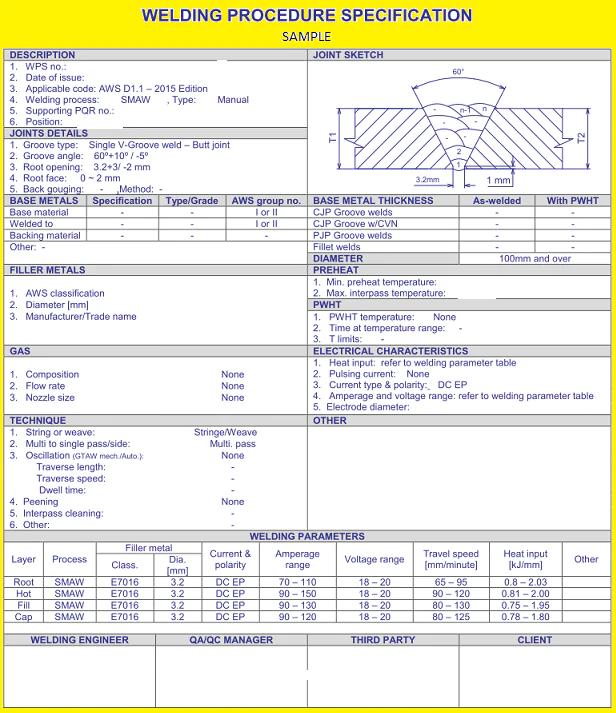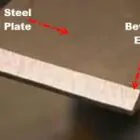WPS stands for “Welding Procedure Specification.”
Whether you only weld once in a while or you do it all the time for a living, WPS will be a key part of every weld you do. In a job like welding, it’s important to pay attention to details and follow the rules, so every welder needs to know exactly what a weld needs.
The main purpose of a WPS is to act as a guide so that the welder can make safe, repeatable, and effective welds. In other words, they tell you what steps you need to take to make a good weld.
What are WPSs?
Welding Procedure Specification, or WPS, is the written document that tells a welder everything he or she needs to know to start a welding process. Some of the things that must be shown are position, gas, technique, base material, filler metals, etc. For new welders, a WPS may seem confusing and hard to understand, but it is one of the most important documents in the welding field, which is why it is an important part of welding training. How do you write it? Using a real WPS as an example and following these steps is the best way to do it:
Information in brief:
All the important information about how to weld:
Name of the company that made it and the person who made it.
Number and date of the spec.
Most WPS will be backed by a PQR (Procedure Qualification Record). If you want to make it easy to find the original document, you should refer to the PQR.
Date and number of the last change.
Welding types and how they are done.
Joints:
Details of the joint design, such as the distance between the roots and the backing (if the joint needs it and the backing material). This information should include a picture of the joint to help the welder understand it.
Base and filler metals:
Details about the base metal and the filler metal that will be used in the welding process. You should say what kind of weld it is (fillet or groove) and how thick the base metal can be.
Additional details:
The heat treatment that needs to be done before and after the weld, the gas that will be used, and the positions where the procedure will be done. So, If it is needed, the welding process should be laid out.
Characteristics of electricity:
Details about every weld pass, such as:
- Process
- Filler metal classification and diameter
- Type and direction of current
- Range of amps
- Speed range for wire feed
- Power range of energy
- Volts range
- Travel speed range
- Other rules about electricity
Technique:
- Bead can be strung or woven
- Orifice, nozzle or gas cup size
- Cleaning the first and last passages
- A way to hurt your back
- Oscilation
- Distance contact tube to work
- Multiple or single pass (per side)
- Multiple or single electrodes
- Electrode spacing
- Peening
- Other
Welders need to learn how to write and understand a WPS as part of their training. Real WPS can be used in the Soldamatic Augmented Training welding simulator to teach welders how to do this. So, trainees can learn how to understand a WPS and then use Augmented Reality to try out the same process.

Why do you need a WPS?
So, the Welding Procedure Specification is a key document for a company’s quality standards and welding procedures. It’s not just a document with all the information the welder needs; it’s also a guide to make sure that the weld meets the high quality standards.
From the welder’s point of view, the WPS has all the information needed to do the weld, so the first thing any welder should do is read through the document and make sure they understand and follow all the specifications.
WPSs are so important to companies that they are required by law in some industries to make sure a tested and safe weld is done. You could say that they are not only a quality requirement, but also a legal one!





